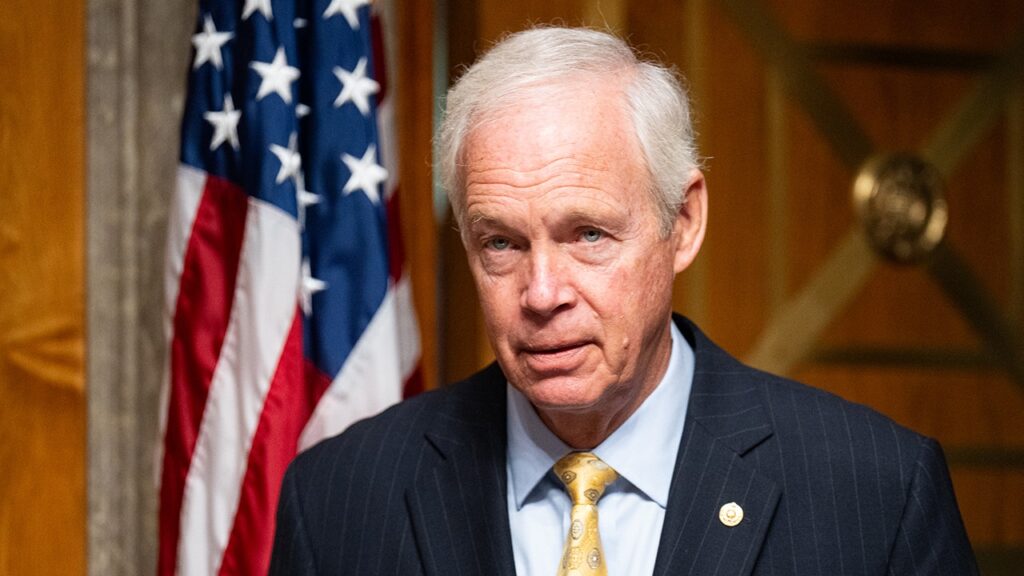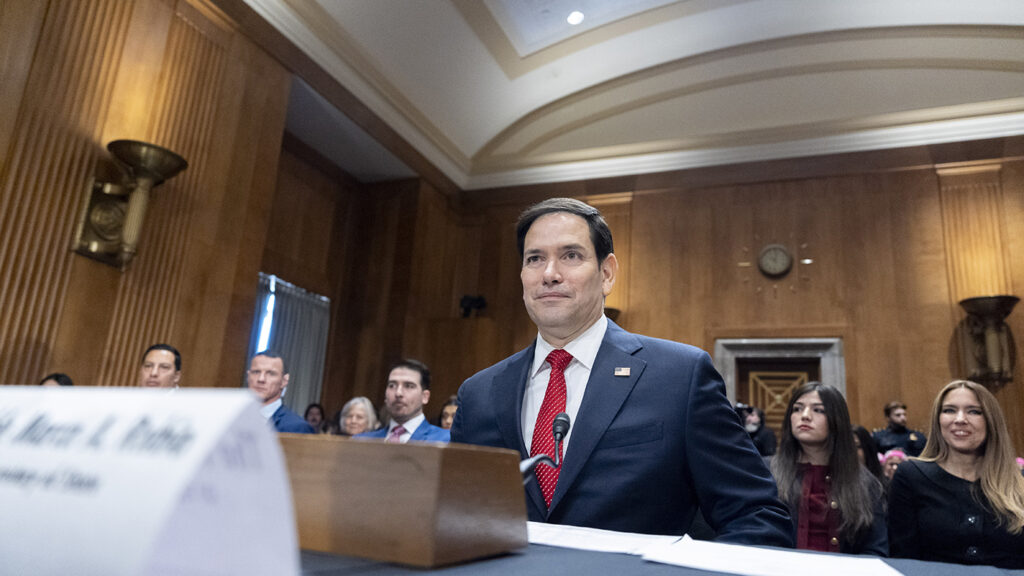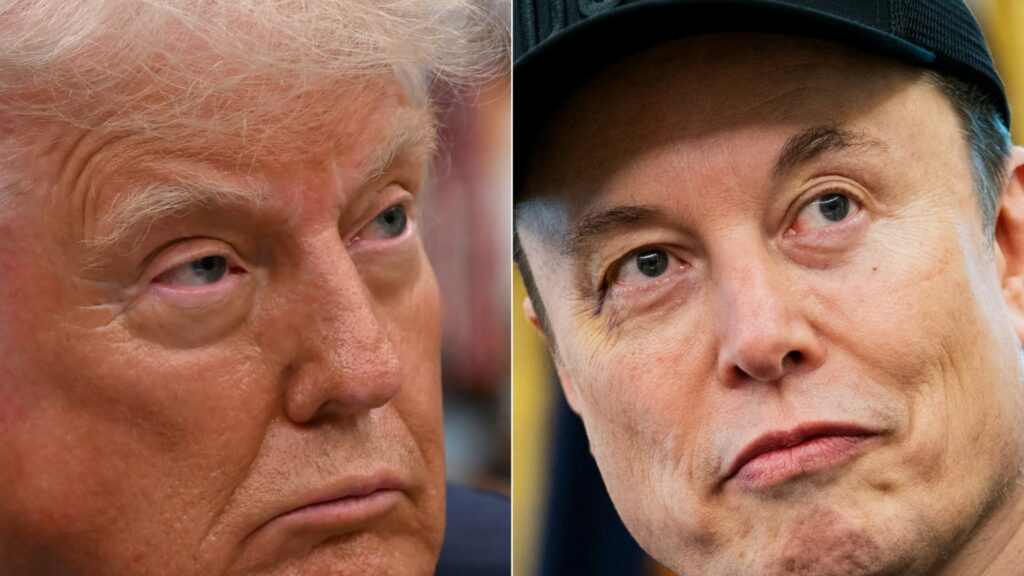]
A Dollar Store’s shelves stand bare on April 1, 2024 in Lansing, Michigan, U.S.
Spencer Platt | Getty Images News | Getty Images
Tariffs unleashed — and temporarily, almost capriciously, paused — by U.S. President Donald Trump have given governments across the world a headache as they figure out how to minimize disruptions to their economies. But the U.S. consumer, ironically, could be the real victim of tariffs.
During the weekend, Temu, a Chinese e-tailer known for offering wallet-friendly items, hiked prices, citing “import charges.” Analysis by CNBC’s Gabrielle Fonrouge and Annie Palmer found that those fees can cost more than the items themselves and eventually double the price of a typical order.
Something worse than price increases is when daily necessities are unavailable for purchase. Some U.S. stores could see empty shelves in a few weeks as the impact of tariffs on China begins filtering into the economy, according to asset management firm Apollo.
It’s true that China exports far more to the U.S. than it imports from the country, as U.S. Treasury Secretary Scott Bessent pointed out. But the implication of that trade relationship is that the U.S. consumer has more to lose when China’s exports slow to a trickle.
What you need to know today
European stocks outperform U.S.
U.S. stocks traded mixed Monday. The S&P 500 was up a marginal 0.06% and the Dow Jones Industrial Average rose 0.28%. The Nasdaq Composite, however, slipped 0.1%. Over in Europe, the Stoxx 600 index added 0.53%. The U.K.’s FTSE 100 inched up 0.02% for its 11th consecutive day of gains and its best run since late 2019. Deliveroo shares popped 16.5% after the company announced a takeover proposal from DoorDash.
China-U.S. trade war still simmering
Chinese Foreign Ministry spokesman Guo Jiakun said at a press conference Monday that Beijing isn’t in talks with the U.S. over a tariff deal, and he isn’t aware of Chinese President Xi Jinping speaking with U.S. President Donald Trump, contrary to what the latter has claimed. Treasury Secretary Scott Bessent on Monday told CNBC that “it’s up to China to de-escalate, because they sell five times more to us than we sell to them.”
Tariffs drive Temu to hikes prices
Chinese e-tailer Temu has started adding “import charges” of about 145% in response to Trump tariffs. The fees, which apply to U.S. customers and kicked in the weekend after price hikes went into effect on Friday, could be higher than a product’s cost. “Items imported into the U.S. may be subject to import charges,” Temu wrote on its website.
$150 billion investment by IBM
IBM on Monday announced it will invest $150 billion in the U.S. over the next five years, including more than $30 billion to advance American manufacturing of its mainframe and quantum computers. Separately, Microsoft President Brad Smith wrote Monday that the U.S. “cannot afford to fall behind” China in the race to design and manufacture a working quantum computer.
Amazon launches Starlink competitor
Amazon on Monday launched the first batch of its Kuiper internet satellites into space after an earlier attempt was scrubbed due to inclement weather. Six years ago, Amazon unveiled its plans to build a constellation of internet-beaming satellites in low Earth orbit, called Project Kuiper. The service will compete directly with Elon Musk’s Starlink, which currently dominates the market and has 8,000 satellites in orbit.
[PRO] Earnings expectations this week
The busiest week of the earnings season is here — more than 160 S&P 500 constituents are slated to report, including Apple, Meta Platforms and Microsoft. Investors will be looking for guidance on how tariffs could impact those companies’ bottom lines. Take a look at CNBC Pro’s breakdown of what’s expected from this week’s key reports.
And finally…
Traders work on the floor of the New York Stock Exchange on March 11, 2025.
Spencer Platt | Getty Images News | Getty Images
The worst (and best) stocks during Trump’s tough first 100 days
Some stocks have made major swings in the days since Trump returned to the White House.
He has put U.S. investors on alert with market-moving plans such as tariffs and federal government spending cuts. The S&P 500 is slated to record its worst first 100 days of a presidency since Richard Nixon’s second tenure in the 1970s.
Underneath the hood, some names are seeing outsized moves. CNBC screened the S&P 500 to see which stocks have performed the best and worst since Trump came back to the Oval Office in January.








